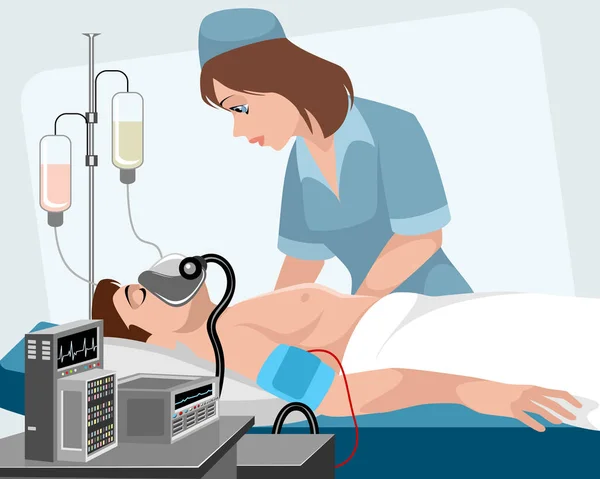Discover the best practice tests for anaesthesia exams, we designed to enhance your preparation. Access expert-crafted questions, detailed explanations, and exam strategies to build confidence and master key concepts for anaesthesia exam success.
Critical care anaesthesia is a specialized branch of medicine focusing on the management of critically ill patients requiring surgical or medical interventions in intensive care settings. It involves advanced skills in airway management, hemodynamic monitoring, ventilatory support, and pain control. Anesthesiologists in this field manage complex medical conditions such as sepsis, multi-organ failure, acute respiratory distress syndrome (ARDS), and traumatic injuries. They employ techniques like invasive monitoring, renal replacement therapies, and sedation for prolonged care. Critical care anaesthesiologists also play a vital role in managing postoperative patients in the ICU, ensuring stability and recovery.

Key topics in critical care anaesthesia include airway management, ventilatory support, hemodynamic monitoring, and shock management. Airway techniques like intubation and tracheostomy are vital, while advanced ventilation modes address respiratory failure. Hemodynamic monitoring involves invasive and non-invasive methods to track cardiac output and blood pressure. Shock management focuses on fluid resuscitation, vasopressors, and inotropes. Other essential areas include sedation, pain control, infection prevention, renal support, and neurological monitoring. These topics ensure comprehensive care for critically ill patients, emphasizing a multidisciplinary approach and evidence-based practices to optimize patient outcomes.
Their expertise combines clinical decision-making with the use of advanced technologies and evidence-based protocols. This field demands continuous learning, collaboration, and a multidisciplinary approach to improve outcomes for critically ill patients.
Your go-to resource for mastering anesthesia knowledge through comprehensive online MCQ exams and up-to-date study notes.
Copyright @ Anaesthesianotes-2024 . All rights are reserved. Designed By Digianalytic